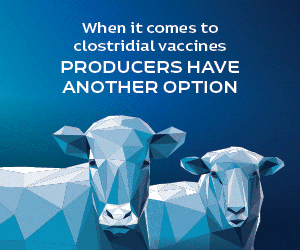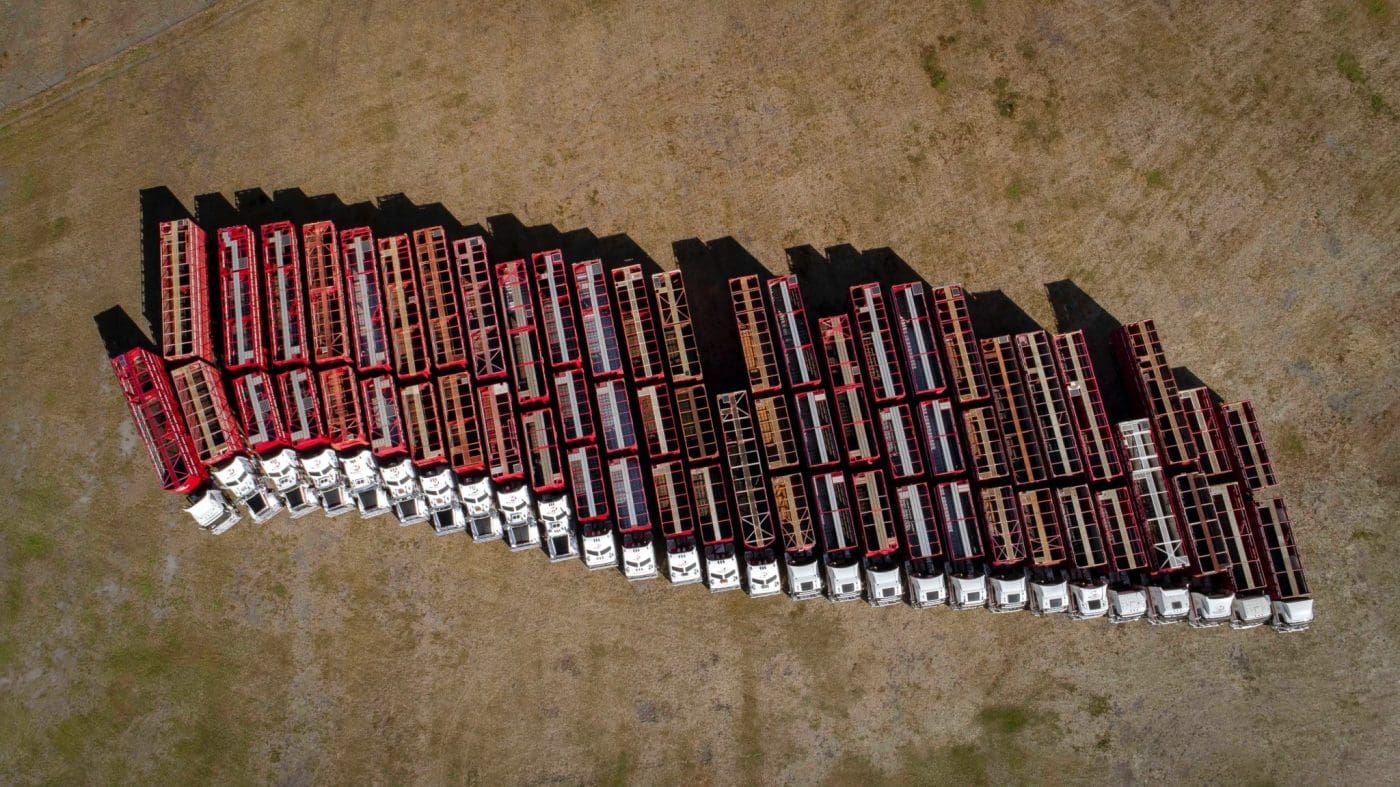WHETHER it is saving lives, improving animal welfare or reducing emissions, Australia’s livestock transport industry is currently undergoing a technology revolution.
In recent months, Beef Central has contacted more than 60 companies in researching the top 25 livestock transporters feature – with pretty much all of the reeling off a list of technologies that revolutionised their business and the greater industry.
With the technology revolution currently underway, Beef Central has complied a list of advances that appear to be having the biggest impact.
Seeing eye devices saving lives
Guardian seeing eye machines are now being used by almost all of the bigger transporters in the country. They focus on the eye movements of drivers, shaking the cab and alerting the office when they are starting to drift off.
Most of the companies are convinced the seeing eye devices have reduced the number of road crashes significantly.
“A seeing eye device saved my life,” said Wade Lewis from the Livestock, Bulk & Rural Carriers Association of New South Wales.
“Between Broken Hill and Little Topar, in the bunk asleep. The driver in the truck fell asleep and the seat shook etc. Got into Topar and got the phone call from the office that said you have had a fatigue incident in the seeing eye machine.
“And lay there for a moment and thought, ‘holy hell, I’m in that truck’. I poked my head through the curtain and I said to the driver, ‘mate, did you fall asleep?’
“He said yeah mate, ‘I’m buggered’.”
Mr Lewis said from that incident he has fitted all his trucks with seeing eye devices and makes a point of communicating the importance of them to his drivers.
“I wouldn’t have seen my family again without it. It is quite confronting,” he said.
“I get drivers that complain about it, I get my phone out and I show them that video, and they soon realise what it does.”
Improved driver training
The seeing eye devices work in tandem with satellite tracking systems that can show where the truck is at any time. The satellites also report heavy breaking incidents and fatigue related concerns back to the office.
Geoff Page from Page Transport in Tasmania said the technology has been a big help with driver training.
“The electronic breaking and the stability of braking systems on our trucks has made it easier to manage drivers,” Mr Page said.
 “Drivers that are racing into corners and causing the high centre of gravity to shift are now getting a heavy breaking event and that is being reported as an incident with management.
“Drivers that are racing into corners and causing the high centre of gravity to shift are now getting a heavy breaking event and that is being reported as an incident with management.
“That has really come on over the last six or eight years.
“It also a really good driver training tool because we can go to a driver say ‘mate you have to start slowing down because this is what is happening’. Without it, there is more potential for the truck to rollover, which can hurt the driver and kill a lot of animals.”
The satellite tracking of trucks also helps with fleet management, with computer systems issuing drivers directions and scheduling trips.
More driver comfort
Driver comfort has also benefited from the development of technology, right from air conditioning to being able to watch Netflix in the cab.
Most livestock trucks have fridges, microwaves and the ability to cook meals on the side of the road.
The biggest livestock transporter in the country, Martins, has started installing Starlink WIFI devices in trucks, which is helping to ensure vehicles always have phone service and internet access wherever they roam across the remote regions of Australia.
“It has been brilliant, and if you have two trucks running together and one has Starlink you can both use the same Starlink at night, and they can watch tele. All the trucks have TVs, microwaves and inverters in them,” general manager Adam Ross said.
The undersold story of emissions
A less publicised advance in technology has been the introduction of more efficient motors, which can save money on fuel and ultimately reduce emissions.
The bigger operators are required to report their emissions to the National Greenhouse Gas Register. Frasers managing director Ross Fraser said that reporting has shown a 16pc reduction in emissions over the past decade.
“There would not be a major transport operator in this country not reducing emissions just as we have,” Ross Fraser said.
“Smaller companies have made progress in this area as well but may not have the information readily available because they don’t have to report their emissions to a national register.
“The major players have real points on the board with emissions-reduction and it is happening across the industry. But you don’t hear about that in media.
“I don’t think the transport industry is telling that story well enough”.
Drawbacks to emissions standards
Motor manufacturers have been given emissions standards to adhere to, which has also had some drawbacks. Dom Shanahan from Shanahan’s Transport said the changing standards have also caused some issues.
“There have been times when we have had a good run out of an engine for five or six years, and gee that engine has been good. Then through no fault of the manufacturer they’re forced to go and try something different, then you lose a bit of reliability, and fuel economy,” he said.
“We are about to stare down the barrel of another change to go from a Euro 5 to a Euro 6 standard, so as for what sort of engine it is going to be, we probably don’t know 100pc, we can only hope it is similar to what we have had, it is reliability mainly.
“Back in the day you used to be able to get stuff fixed quicker, now everything is slower in the workshop, so you could be without that truck for two weeks. That is another reason why we try to keep everything as modern as we can.”
Not much optimism for electric trucks
While more efficient motors are driving Australia’s livestock industry, most companies who spoke to Beef Central were quick to air their scepticism about electric and hydrogen trucks.
At this point electric and hydrogen trucks are heavy and their range is a concern. With livestock trucks operating in the more remote parts of Australia and carrying live animals, these issues are more acute.
There is more optimism for upcycled biofuels, with the second biggest transporter RTA about to start a trial using beef tallow.


HAVE YOUR SAY